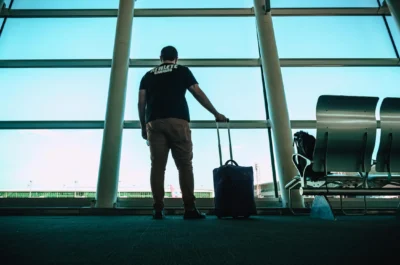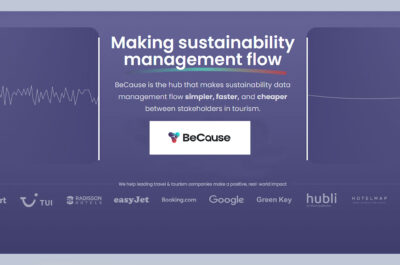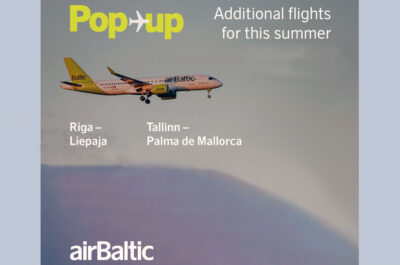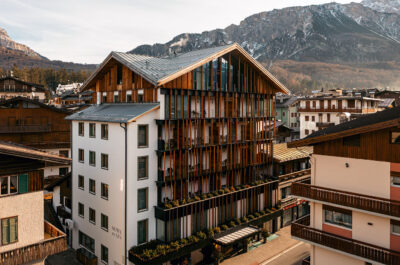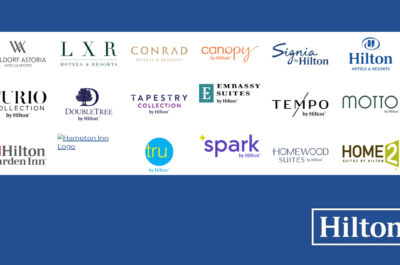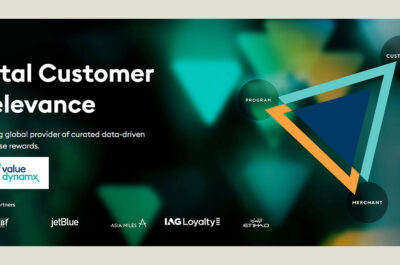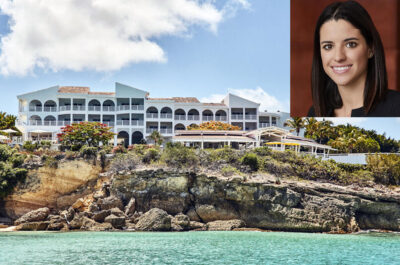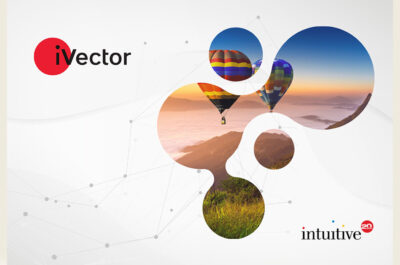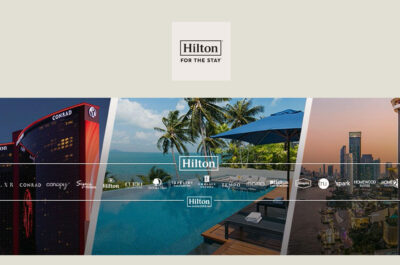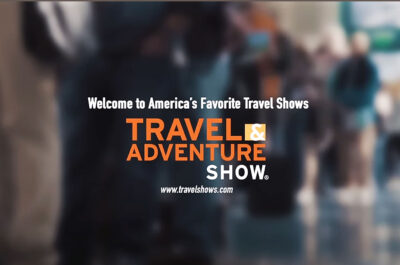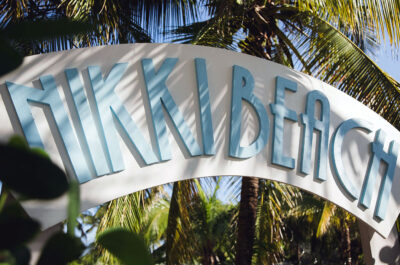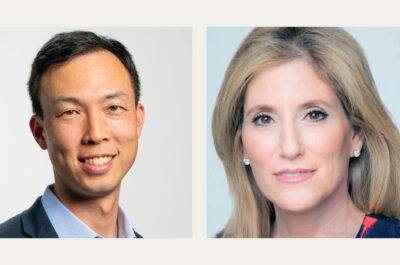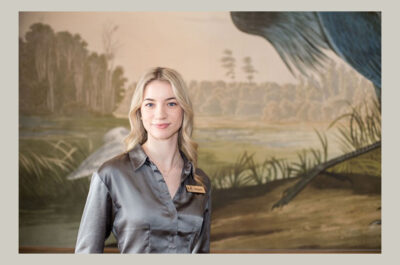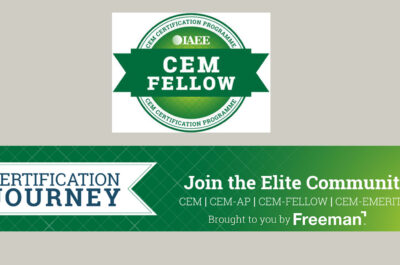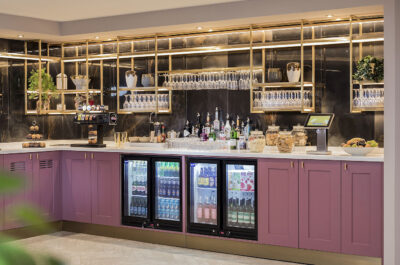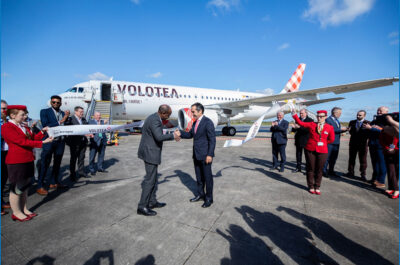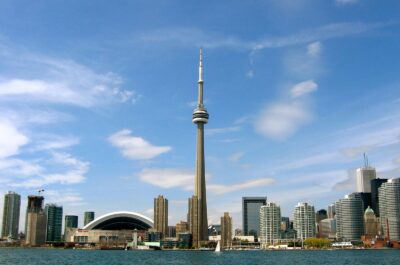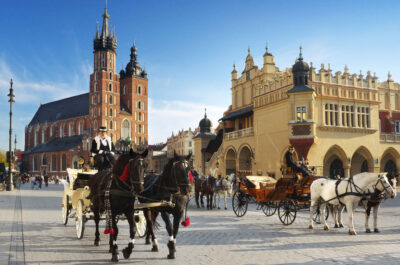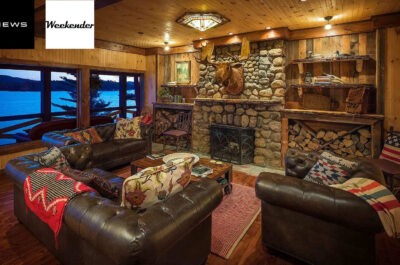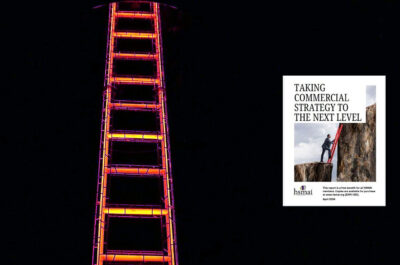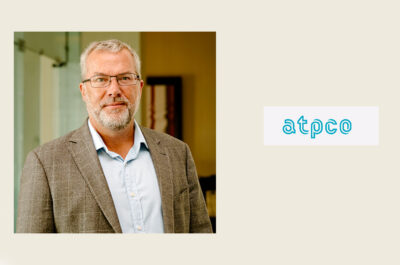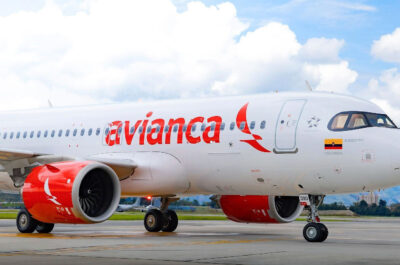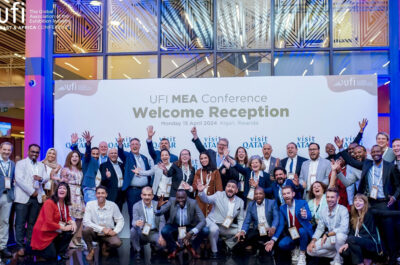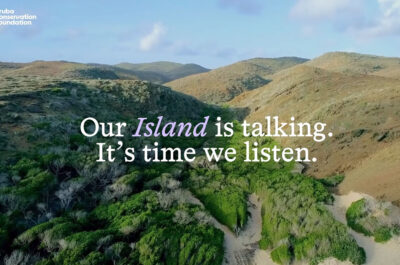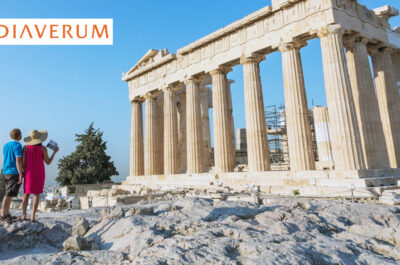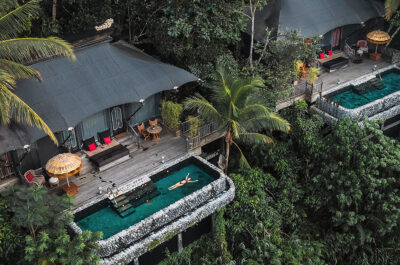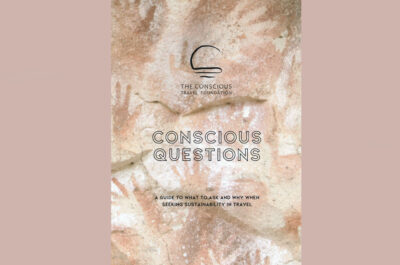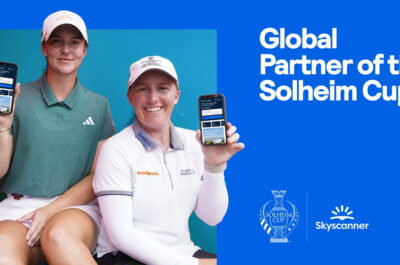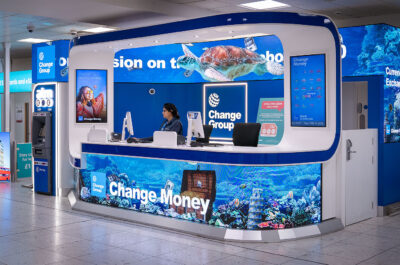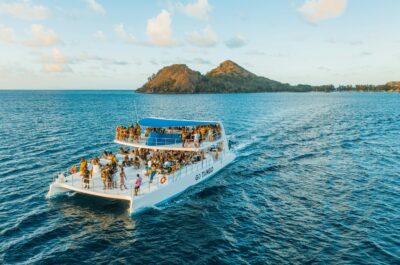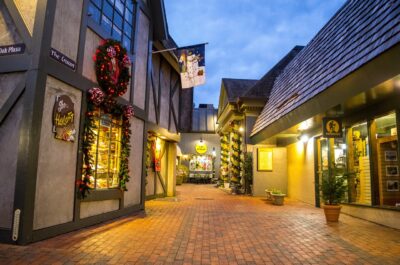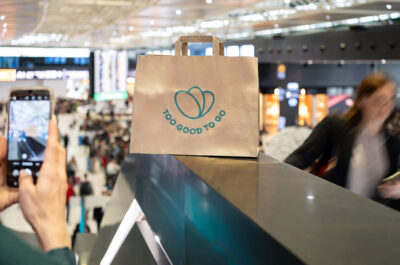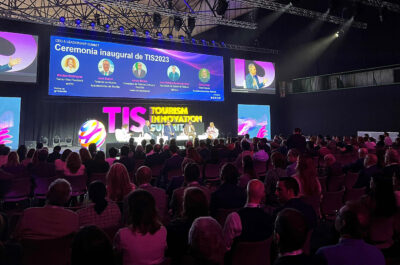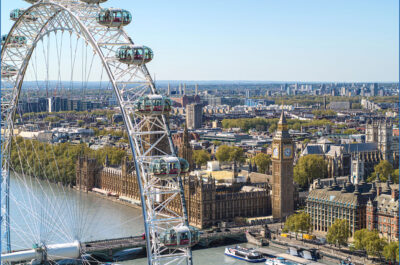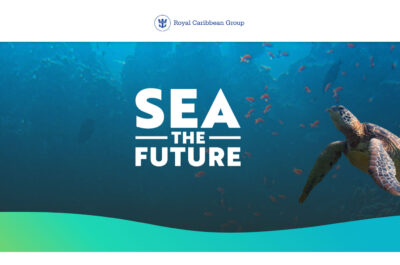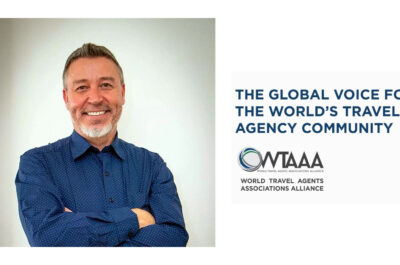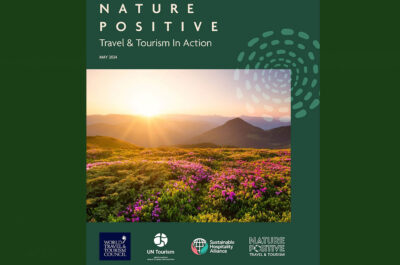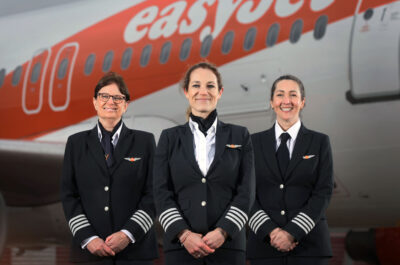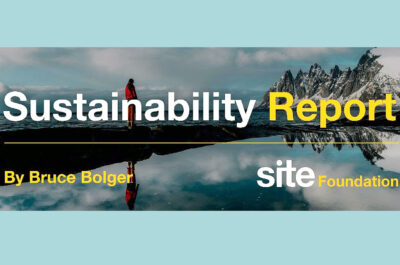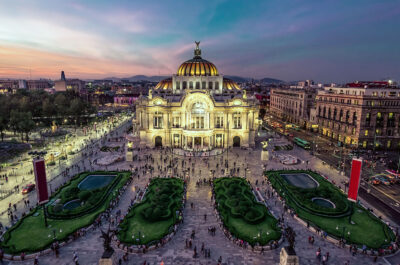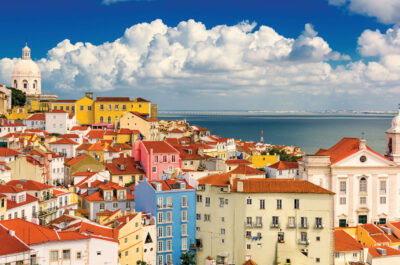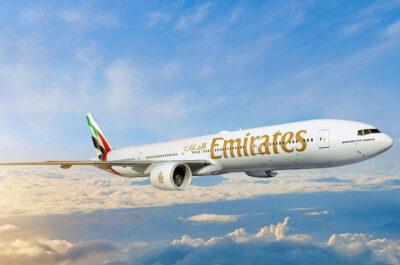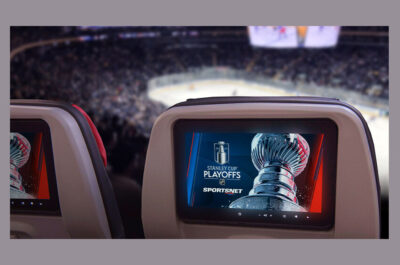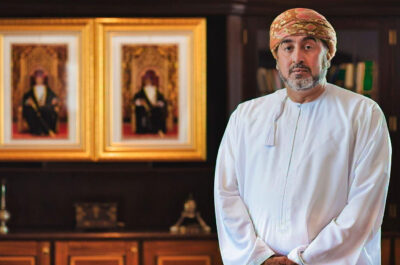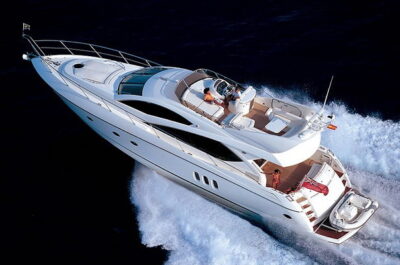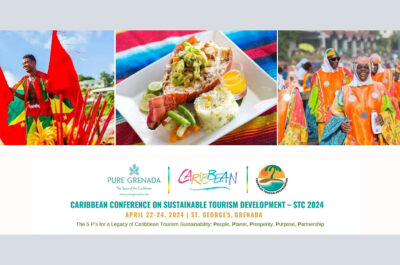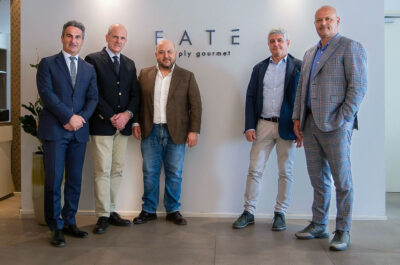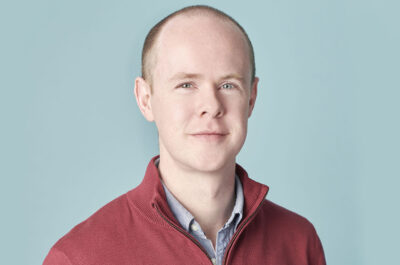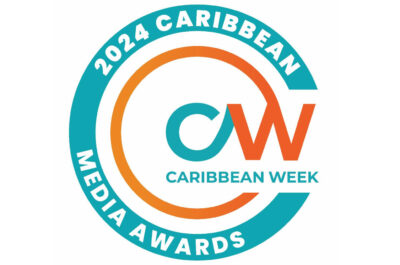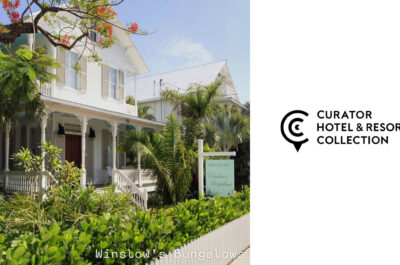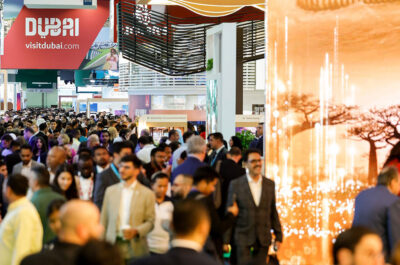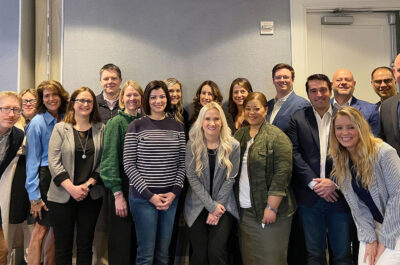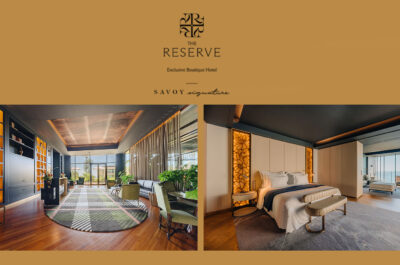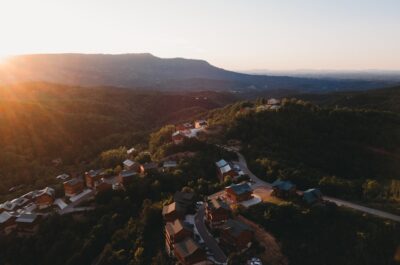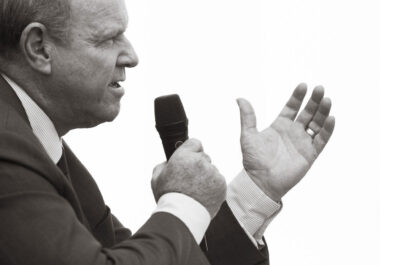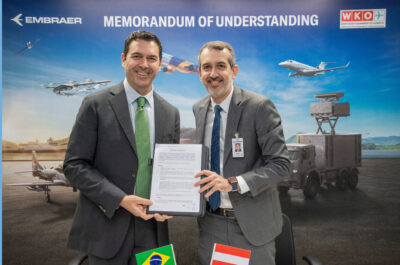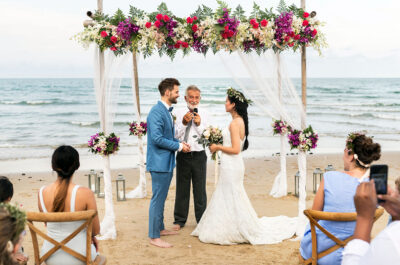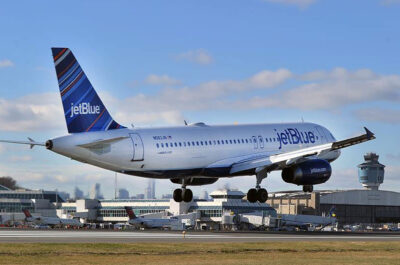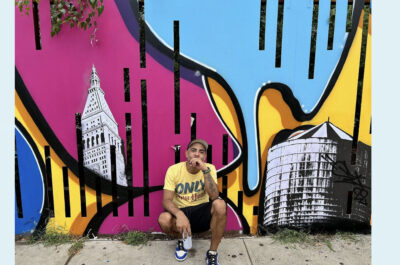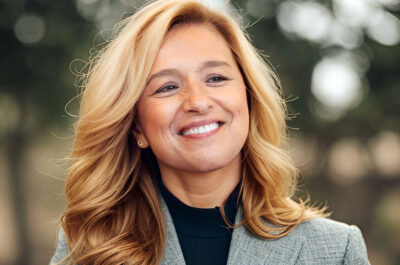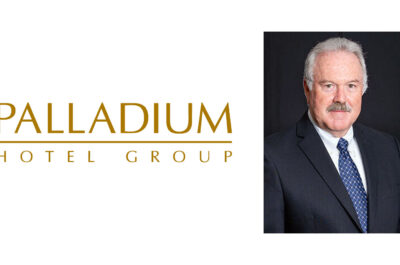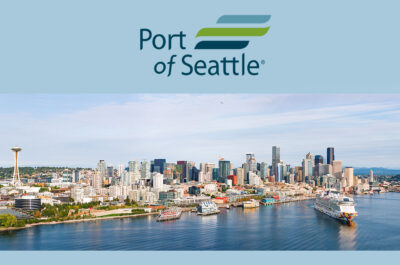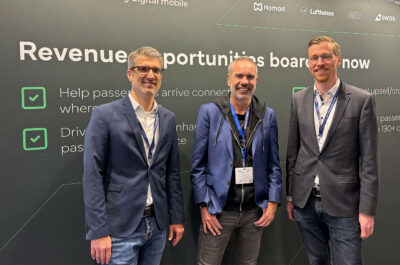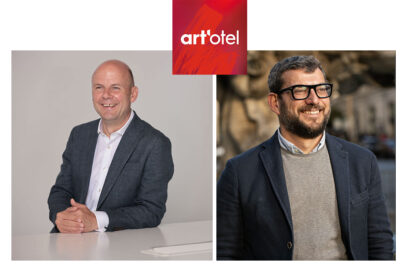There’s an identity crisis facing the luxury travel sector: one traveller’s luxury is another’s ordinary. Some travellers expect white-glove service and bottomless champagne, while for others ‘luxury’ is an isolated stay in a treehouse or an immersive cultural experience. While twenty or thirty years ago, luxury travellers were clumped together as one homogenous group, today’s luxury travel sector is made up of different sub-segments. That means marketers need to target motivational drivers, rather than demographics, to build a cross-generational appeal.
There’s an identity crisis facing the luxury travel sector: one traveller’s luxury is another’s ordinary. Some travellers expect white-glove service and bottomless champagne, while for others ‘luxury’ is an isolated stay in a treehouse or an immersive cultural experience.
While twenty or thirty years ago, luxury travellers were clumped together as one homogenous group, today’s luxury travel sector is made up of different sub-segments. That means marketers need to target motivational drivers, rather than demographics, to build a cross-generational appeal. And they also need to understand that the luxury travel market is segmenting into three main facets – uber luxury, vanity driven luxury and ethical luxury.
Uber-luxury – not for the hoi-polloi
Some legacy travel brands have begun to coin themselves as ‘uber-luxury’ to differentiate themselves. Brands Marriott International and Burj Al Arab Jumeirah are leading this charge, with the former opening a uber-luxe country house hotel in the UK earlier this year and the latter offering a holiday to Dubai for a minimum cost of £973 per night.
This shift in messaging allows these brands to set a new, more sophisticated definition of ‘uber-luxury’ and tailor their marketing to only appeal to their target audiences. These experiences usually carry a hefty, exclusive price tag to keep out other, vanity-driven luxury seekers. The marketing of this type of luxury is also more exclusive, based more on customer service, loyalty and word of mouth than on social media ads.
Vanity-driven luxury – millennials with camera-phones
Meanwhile, ‘vanity-driven luxury’ is being driven by the serial-sharing millennial generation. They’re happy to pay more for travel and experiences and want to capture jaw-dropping luxury moments to impress others. While we may like to think of millennials as cash-strapped hipsters, they love experiences and are often more than willing to shell out for a once-in-a-lifetime luxury holiday.
Millennials also love their phones, and our recent Generation Travel research found that around three-quarters (72%) think it’s important that their holiday looks good on social media.
As a result, there needs to be a focus on visuals. Travel brands looking to target this segment need to tailor their marketing strategies to focus on video and images, finding ways to get consumers to share their experiences on social media and travel review sites.
Rosewood Hotels has done just this with its Rosewood Regular campaign. Spanning across multiple channels, the campaign opened up the Rosewood to a whole new generation of consumers by showing how millennials can enjoy the hotel's facilities. Whilst the campaign was a step away from the traditional style of marketing seen in the luxury sector, it will become the new norm as millennials progress the career ladder and attain more disposable income.
Ethical luxury – spend more to be green
Our Generation Travel research also found that 80% of Britons actively consider the environment when travelling, rising to 88% among millennials. Eco-travel may be increasingly popular, but it’s often considered a type of luxury only the affluent can afford.
This has led to the rise of the luxury boutique eco-hotel with sustainability at its core, from the materials used to build the stylish surrounds and ethically-sourced bed linen to the focus on the air-miles of different food options.
A leading example of this style of marketing is 1 Hotels, the US-based hotel chain. It proved its eco-friendly credentials with its year-long initiative Earth Day Every Day. The campaign was a shift from the conventional targeted marketing campaign, opting instead to outline the brand’s values and thereby appeal to any consumer concerned about the environmental impact of travel.
Focus on motivational drivers
In recent years we’ve seen traditional luxury brands ramp up their development pipelines to tap into the globally expanding luxury market, but at what long-term cost? If scarcity puts a premium on the luxury market and if more brands are starting to offer ‘luxury’ experiences, the term becomes less meaningful. It’s as simple as that.
With the definition of luxury changing from person to person, brands are scrambling to try and find a one-size-fits-all approach to marketing. However, a blanket style is doomed in such a segmented marketplace. If brands truly want to succeed, they need to identify their target audience, the motivational drivers and its place within the disrupted ecosystem.
Brands need to use these shared interests to their advantage and develop marketing campaigns that focus on a topic, instead of the assumed behaviours of a specific generation. Knowing your markets is more important than ever – and with no single definition of luxury available, brands must shape their marketing around travel motivations that run across different demographics. If your resort brand is all about showing off on Instagram, you’re probably not targeting the same luxury travellers as the Venice-Simplon Orient Express.
Tony is head of strategy at creative and media agency, eight&four. With 12 years’ experience in the marketing sector, Tony is responsible for developing eight&four’s strategic service offering and inspiring insight-driven thinking across the agency. He has strong creative roots and a proven track record of marrying innovative thinking with impressive results. Tony joined eight&four from an in-house role as a Senior Digital & Social Strategist at HEAD. He earned his stripes from the likes of Saatchi & Saatchi, where he grew audiences and developed strategies for Premier Foods, Lurpak and more; and DigitasLBi, where he worked with Honda, Visa, HSBC and Fit Bit to establish consumer insights, develop social media strategies and transform digital fingerprints.
